Immersing in local culture through food
There is a good chance that this post will either inspire you to find the best local representation of Southeast Asian food, or possibly just leave you really hungry. I recently spent time in Southeast Asia, traveling around Vietnam, Laos, Cambodia and Thailand. I have had the “travel bug” since college and ventured to a number of incredible places around the globe. It’s in my DNA to appreciate a region through the people, the natural setting, and the food. And wow, the food in SE Asia. Green Curry, Bun Cha, Kao Soi, Kebabs, Spring Rolls, Papaya Salads, Pho, Cocount Rice, Morning Glory. This was my first personal international trip since joining the “food world,” and I was amazed at the different lens that I viewed my experience through with having spent time in this incredible industry.
WHAT STOOD OUT
This entire blog could be dedicated to the different flavors and dishes that I experienced throughout the different regions, but more compelling are the themes that emerged through that time — and in recent weeks of post-trip reflection.
“Regional”
Perhaps this is something I should have expected going into the trip. But one of the things that surprised me right out of the gate was just how different regional food and beverage specialties were within a relatively short distance. This first dawned on me when traveling from Hanoi to Hoi An in Vietnam. A night train ride away and suddenly, Bun Cha (an incredible Hanoian lunch noodle dish) was no longer available at every corner — and not for the going rate of $1.75. I hadn’t been prepared to have experienced “my last bowl of Bun Cha” in Vietnam! While I was immediately blown away by the local Ban Xeo (a Hoi An crispy pancake), it made me realize how much I needed to savor each flavor experience, since in many cases it wouldn’t be offered even a few hours away. While there were some commonalities, it was eye-opening to see how much the dishes, eating habits and international influences varied by both regions and countries.
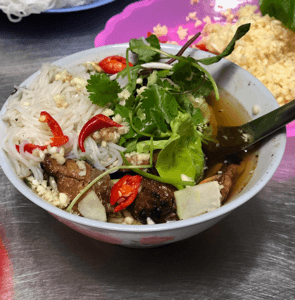
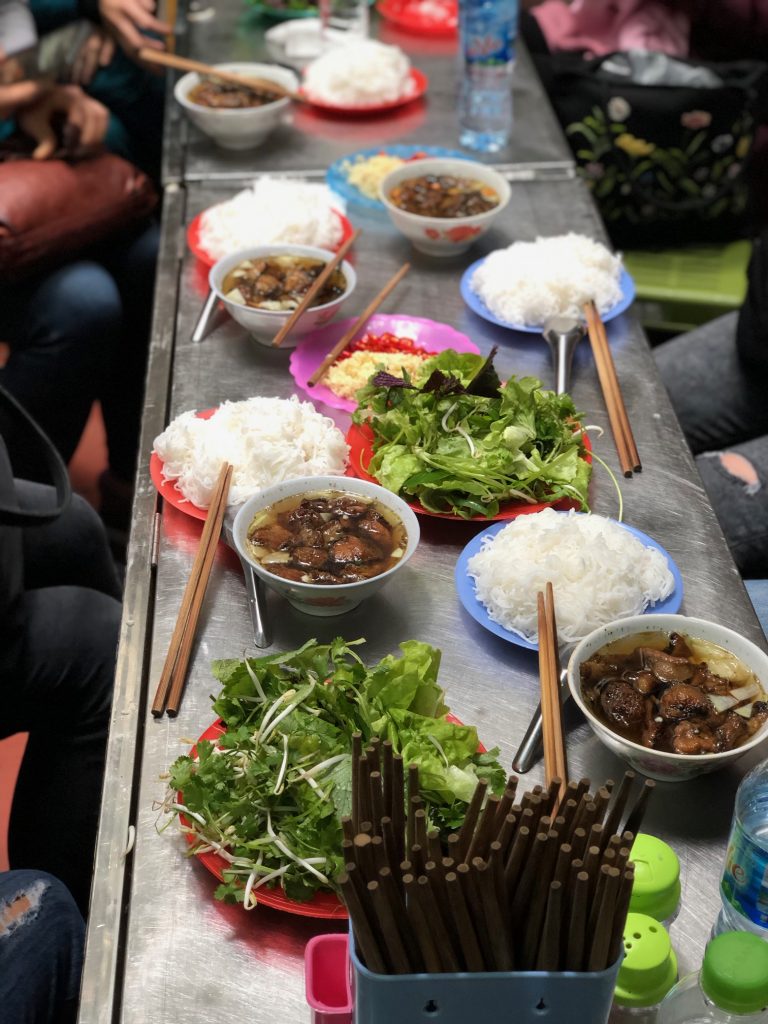
“Fresh”
At each new location, the food market was always a highlight. Wandering through the narrow aisles of various sections (produce, meat, seafood, spices, etc.) provided an instant glimpse of the local ingredient influences. A wonderful opportunity to connect with locals, the market was always a significant center that the city revolved around throughout the day. It truly captured the meaning of “fresh”. Each stall (mostly run by local women) was set up before dawn with new product for the day. Without refridgeration on-site and a very low “shelf life”, it made its way into the hands of restaurant owners, street food vendors and local residents throughout the day. In many cases, these markets are visited by locals not weekly or daily — but twice a day or more! Each meal prep included a stop at the market to gather ingredients and is often reliant on what is available and fresh. No matter the daypart, convenience was served up in the format of “meal kits”. A handful of vendors at each market I visited could be found bundling common ingredients in a ready-to-prepare kit that required just a step or two to make the local cuisine at home. I took advantage of this in a number of instances and loved encountering such a familiar “trend” with a different customer experience across the globe.
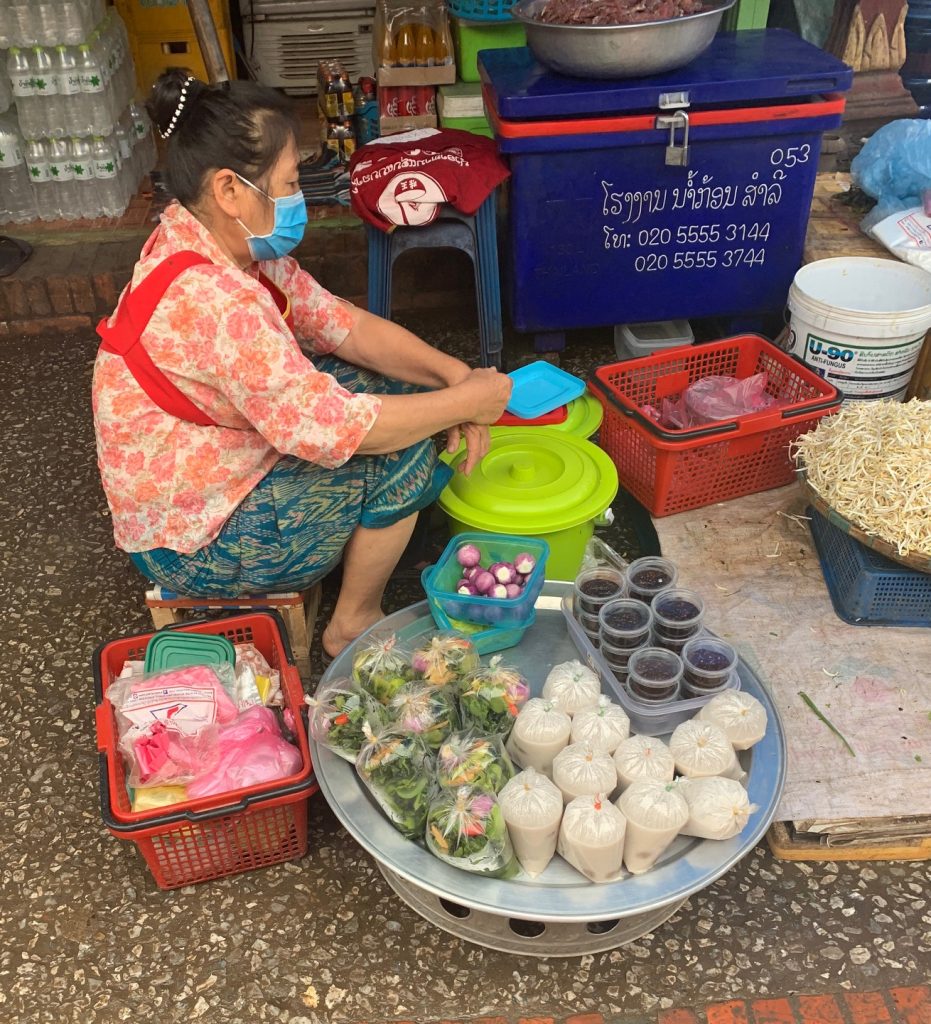
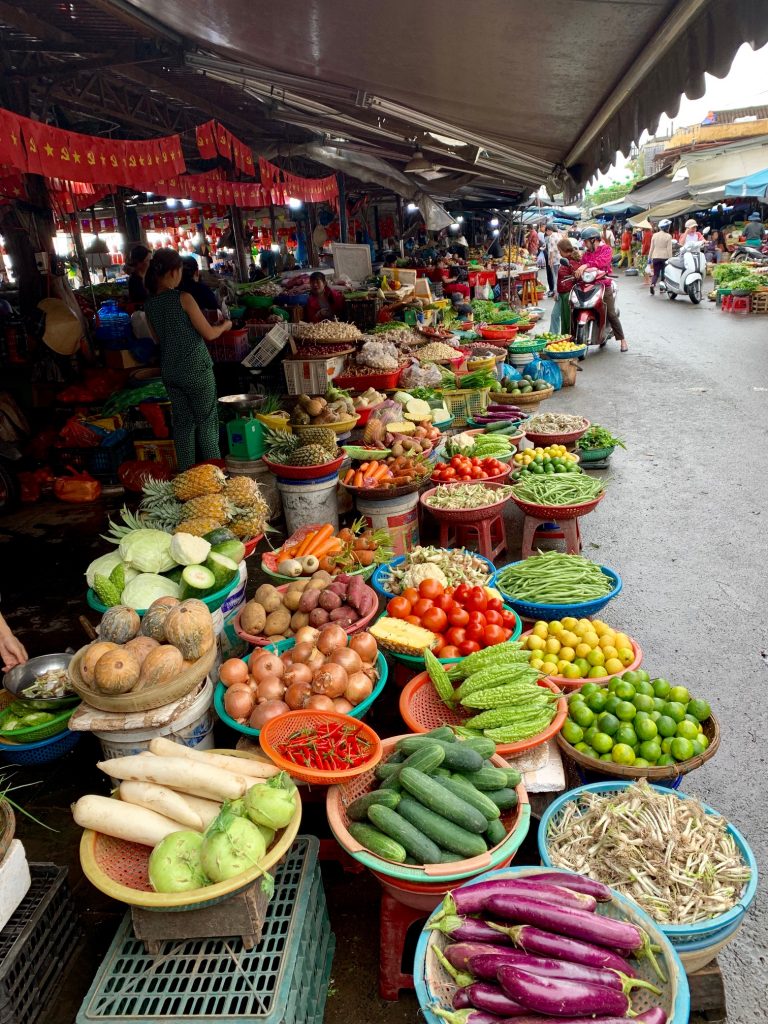
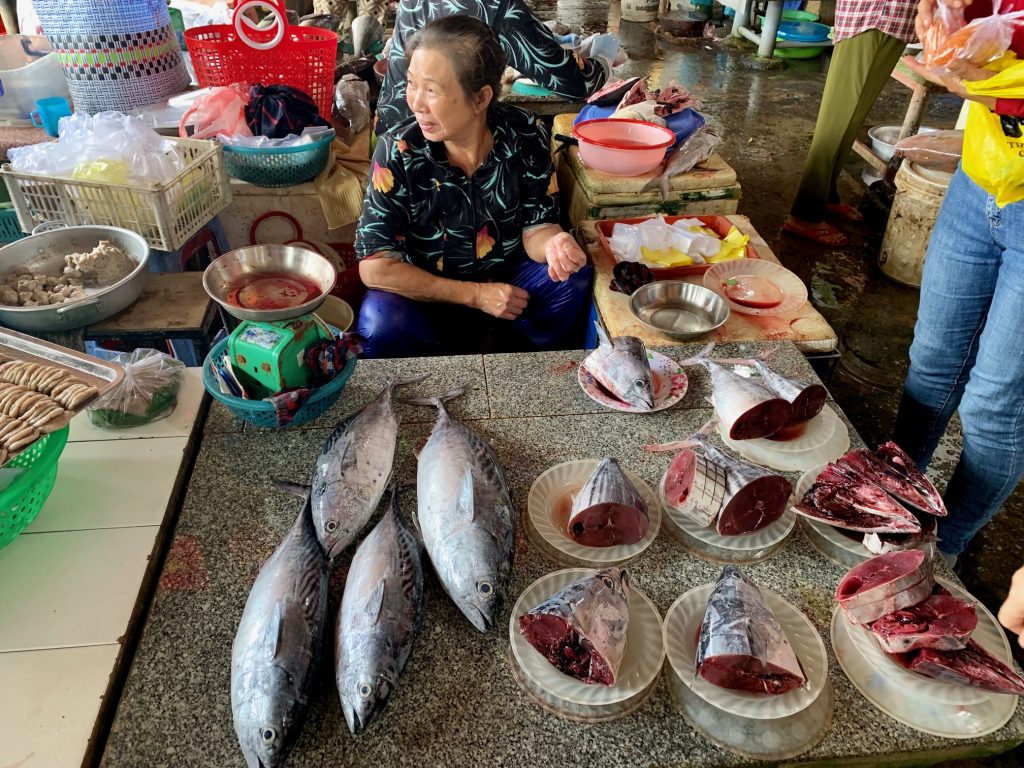
WHAT TO TAKE AWAY
One of the best things about traveling far away from familiar settings is a reminder of how both big and small the world is — and food is a perfect reflection of that. The diversity of customs and ingredients within a single region is mind-blowing. It’s exciting to think about how many of these global flavors are making their way to US menus, and the opportunities to expand are never-ending. Simultaneously, the familiarity of food trends halfway across the globe is a reminder that this industry is truly unique, in that it is one of shared human experience.
